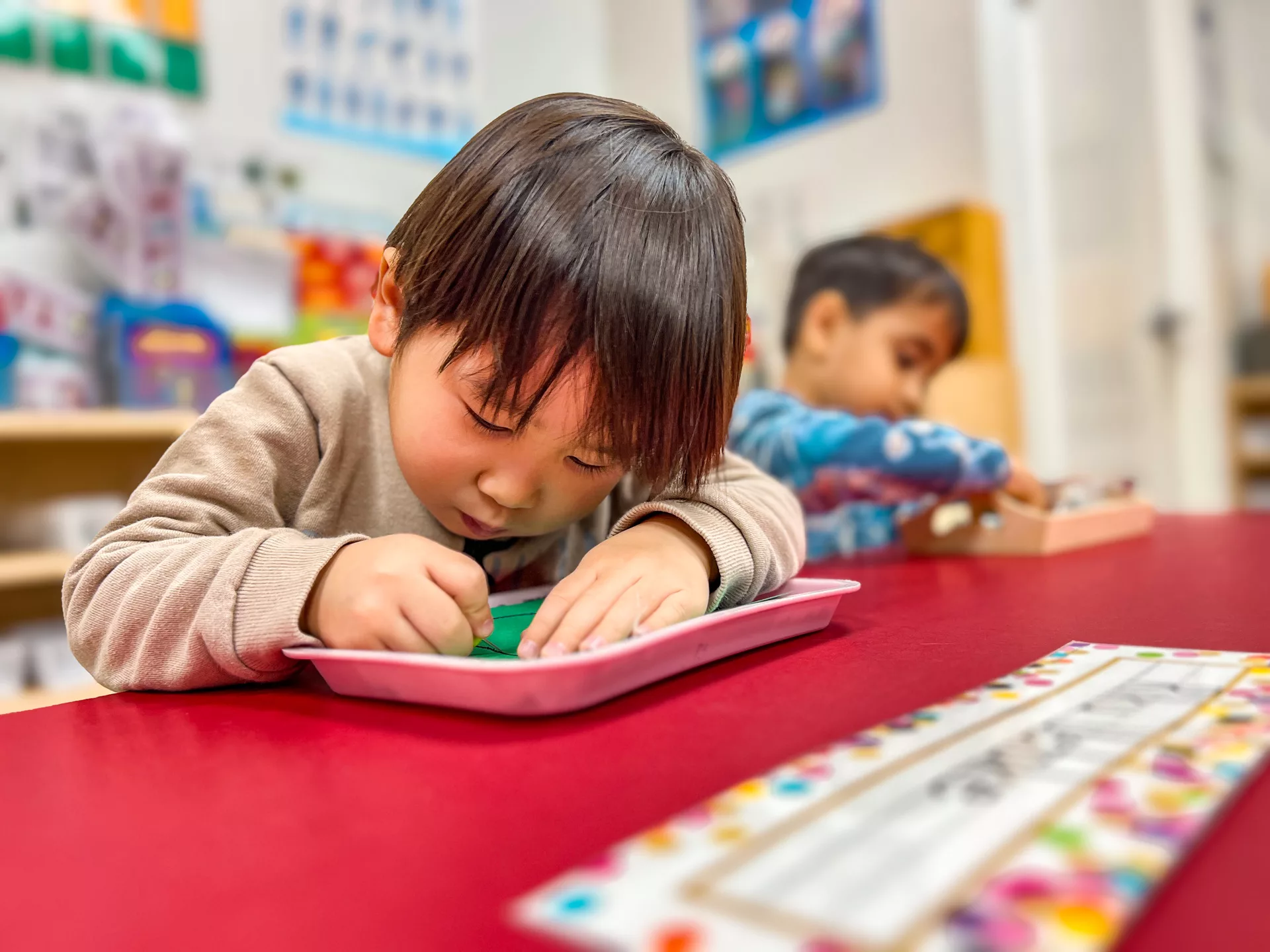In the whirlwind chaos of parenting, creating an enriching environment for your child at home that fosters growth and learning can be daunting. As the search for effective strategies intensifies, the Montessori method stands out as a beacon of holistic education. If you're a parent seeking ways to bring Montessori principles into your home, you're in the right place. This article, tailored for Montessori parents, is your guide to seamlessly setting up your child's environment for optimal development.
Lakewood Montessori School, known for its commitment to nurturing young minds, believes in the power of the Montessori philosophy. Drawing on this foundation, the insights shared in this blog are not just theoretical. They richly illustrate the school's dedication to providing a conducive learning atmosphere. We endeavor to journey together as partners in your child's education.
Imagine your home as an extension of the Montessori classroom—a space where curiosity is encouraged, independence is cultivated, and learning is a joyful adventure. To make this vision a reality, consider each area of your home as an opportunity to create a stimulating environment. From the bedroom to the playroom, we'll guide you in transforming your home into learning hubs that align with Montessori principles with these four practical tips.

The 4 Ways To Improve Your Child's Growth At Home
- Order and Accessibility:
- Child-Friendly Organization: Arrange furniture and materials at your child's eye level to encourage independence. Keep items within reach, allowing your child to access them without constant adult assistance.
- Rotate Toys: Introduce a rotating system for toys and activities to help maintain interest and ensure a manageable number of options are available, preventing overwhelm. The rotating system also encourages focus and allows your child to master individual skills with a select number of toys while keeping your space tidier with less to worry about cleaning up.
- Natural Materials:
- Wooden Toys and Furniture: Opt for wooden toys and furniture whenever possible. Natural materials provide a sensory-rich experience, connecting your child to the environment and fostering a sense of appreciation for simplicity.
- Textiles and Fabrics: Choose natural fabrics for bedding and play areas. These materials create a cozy and tactile space, stimulating your child's sense of touch. Tactile development is essential to your child’s ability to evaluate through touch, enhancing their social-emotional development, visual discrimination, and academic progression.
- Order and Accessibility:
- Practical Life Skills: Incorporate daily life activities that align with your child's capabilities. This could include simple tasks like pouring water, sorting objects, or arranging flowers. Introduce simple cooking tasks while making dinner or guide them through putting on their clothes. These activities enhance motor skills and instill a sense of responsibility.
- Sensory Activities: Engage your child's senses through activities that focus on touch, taste, smell, sight, and sound. Sensory bins, spending time in nature, and baking with your little one are excellent ways to explore the world through the senses.
- Order and Accessibility:
- Defined Spaces: Create designated spaces for specific activities, allowing your child to understand the purpose of each area. For example, have a reading corner. As you know, Lakewood Montessori preschoolers are reading. We take pride in this achievement. We especially find that students who succeed the most in this area have parents who also prioritize reading. Creating an art station and having a quiet space for reflection are also great opportunities for defined spaces in your home where your Montessori star can grow and enjoy.
- Consistent Routines: Establish routines that provide structure while allowing for flexibility. Consistent schedules create a sense of security, helping your child feel confident within the established limits.
There you have it. We’ve discussed four ways to create a Montessori environment in your home. Do what works for you. You can implement these ideas day by day with some thought and intention. Think of it this way. You're not just arranging your physical space but fostering an environment that encourages curiosity, independence, and a love for learning. The Montessori approach recognizes the child's natural inclination to explore and discover, and by implementing these insights, you're empowering your child to do just that within the comfort of your home.
Want To Know More?
Explore the transformative power of Montessori beyond your home by connecting with us. See first-hand by following us on Facebook and learn how we incorporate these methods in the classroom. Find the joy of our students and the Montessori parents who love our school and staff.
If you are interested in finding out how your child can be part of our school, contact us today and embark on a collaborative journey toward fostering a love for learning that lasts a lifetime. Remember, it's a journey of discovery for both you and your child, and each small step contributes to their growth and development.

